Introduction
Navigating the turbulent waters of the small business world is fraught with challenges that can make or break a venture. From securing adequate capital to mastering cash flow management, the road to success demands strategic foresight and robust planning. Understanding the critical elements that contribute to business failure can equip entrepreneurs with the tools needed to build resilient enterprises.
This article delves into the most common pitfalls faced by small businesses, including funding issues, inadequate management skills, poor planning, financial mismanagement, ineffective marketing strategies, lack of market research, insufficient human resources, and the perils of rapid expansion. By examining these factors and offering practical solutions, this guide aims to provide CFOs and business leaders with actionable insights to steer their companies toward sustainable growth and success.
Lack of Capital and Funding Issues
A significant factor contributing to small enterprises' failure is inadequate funding. Many startups underestimate the capital needed to sustain operations during the initial stages. Without adequate monetary resources, businesses find it challenging to cover essential expenses such as rent, salaries, and inventory, leading to severe cash flow problems. According to the Small Business Administration, only about 50% of startups endure beyond five years, emphasizing the critical need for strong economic planning.
Startup Genome reports that over 600,000 startups exist globally, with the United States leading the way. However, navigating the funding landscape is fraught with challenges. As noted by industry experts, “Finding the right balance in funding can set the stage for sustainable growth and success.” This balance is crucial for maintaining operations and meeting customer demands.
Real-world examples, such as Canva, illustrate the importance of adequate startup capital. Entrepreneurs often have viable ideas but struggle to secure the necessary funding to bring them to life. Consequently, comprehending specific funding requirements and preparing robust plans, detailed with financial projections, becomes essential for accessing various funding options effectively. Furthermore, utilizing new technologies for activities such as analytics and digital marketing can assist small enterprises in optimizing their limited resources and developing effective strategies, a practice supported by digital media specialists.
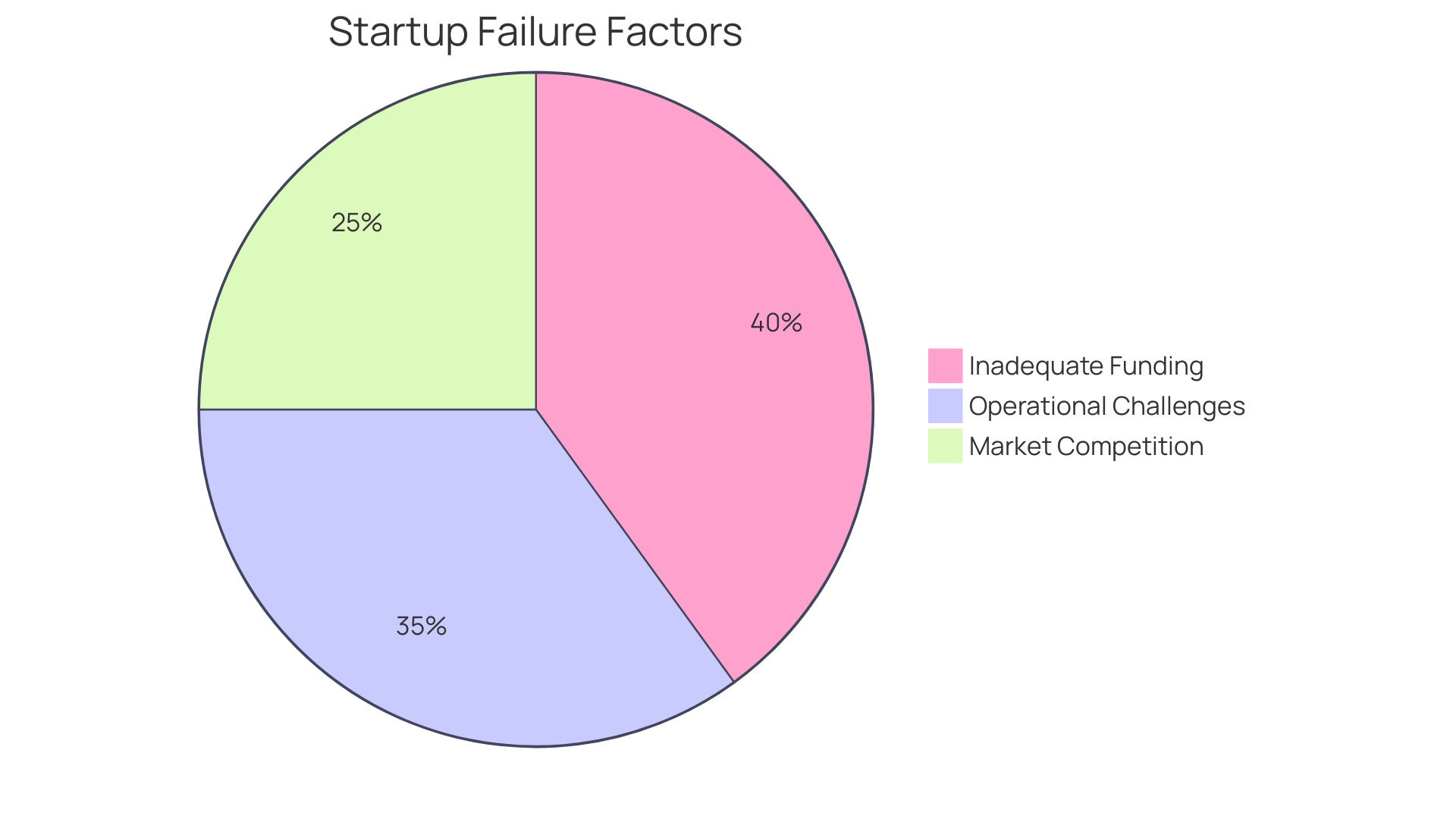
Inadequate Management and Business Skills
A significant factor in business failure is the absence of strong management and business acumen. Many entrepreneurs lack the essential skills in financial management, strategic planning, and operational efficiency. This gap can lead to poor decision-making, ineffective leadership, and an inability to adapt to changing market conditions. According to Andrii Holubenko, a Digital Media Director at Optimum Media OMD Group Ukraine, modern technology can play a crucial role for small companies, particularly in automating routine tasks and enhancing strategic planning. He highlights that new technological tools enable more accurate segmentation and personalization, which are essential for developing a loyal clientele. A process for listening to signals from your team and customers can also help identify when a change is needed, ensuring that adjustments and pivots are well-executed. Poor execution of strategies, such as mergers or acquisitions, often stems from assumptions that complementary models will naturally create value, which is not always the case. Small enterprises must leverage technology and develop organized processes to effectively navigate these challenges and succeed in a competitive market.
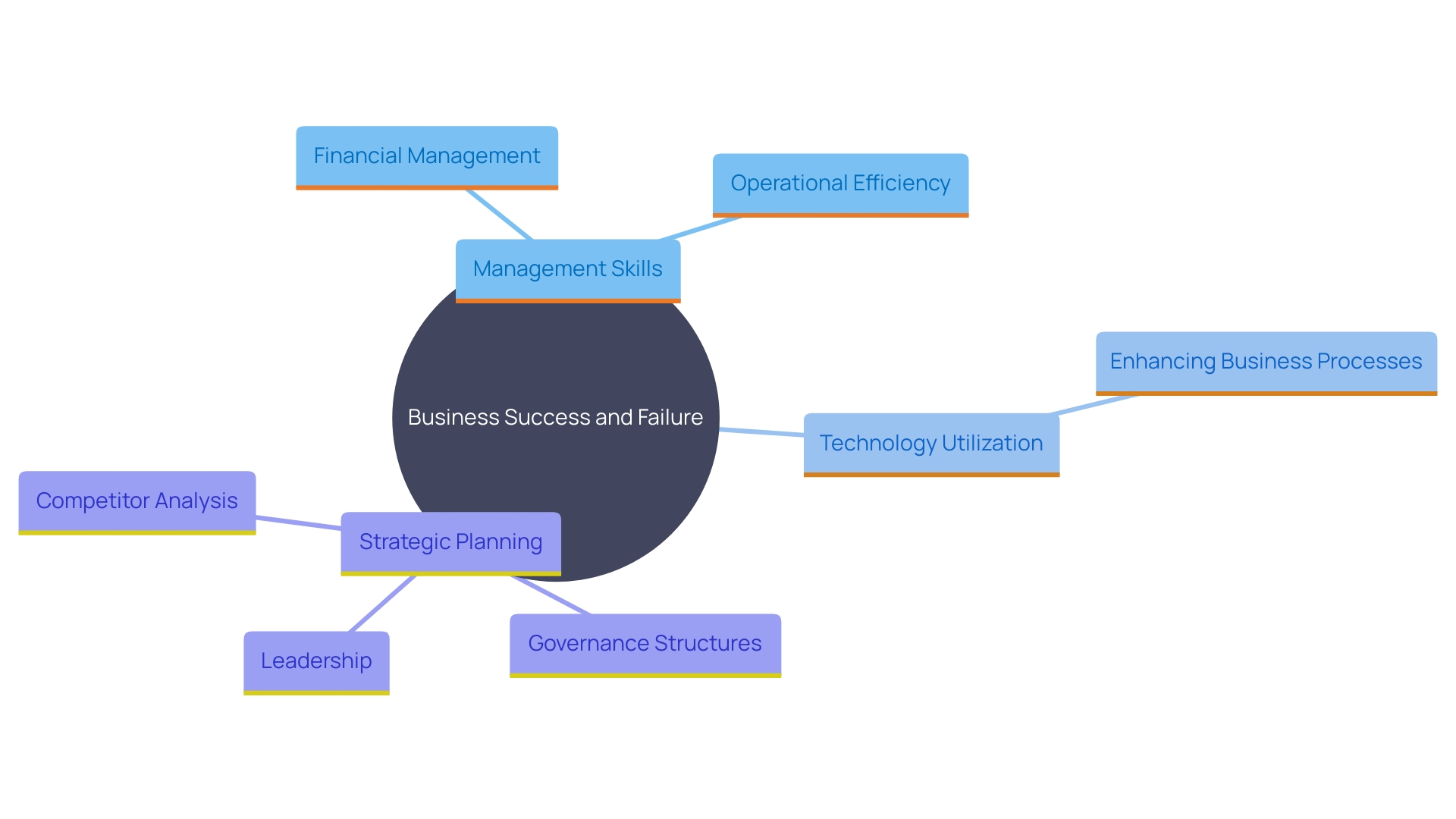
Poor Planning and Unrealistic Expectations
One of the primary reasons organizations fail is due to inadequate planning and unrealistic expectations. A well-researched plan is crucial for aligning goals and strategies effectively. This strategic document outlines an organization’s goals, objectives, and the steps required to achieve them, providing a roadmap for success.
When entrepreneurs initiate ventures without thorough strategic plans, they often encounter misaligned objectives and tactics, resulting in economic pressure. Overly optimistic projections about revenue and growth further exacerbate this issue, creating a disconnect between expectations and reality. Indeed, as stated by the Small Enterprise Administration, small enterprises create two-thirds of new positions in the USA, yet many collapse due to inadequate planning and impractical monetary forecasts.
Paisley Demby highlights the significance of comprehending essential economic reports—income statements, balance sheets, and cash flow statements—to convert enterprise concepts into viable monetary forecasts. This knowledge is essential for convincing potential funders of the venture's viability from a financial standpoint.
Moreover, leveraging new technological advancements can play a crucial role in mitigating resource constraints. Automated tools and digital services empower minor enterprises to conduct analytics, organizational tasks, and personalization more effectively, liberating valuable manpower and permitting more accurate market targeting. As Andrii Holubenko observes, contemporary resources enable the creation of a devoted following, which is frequently more crucial for modest enterprises than drawing in a significant quantity of clients.
In summary, to avoid the pitfalls of inadequate planning and unrealistic expectations, owners of modest enterprises must create detailed plans, understand essential economic indicators, and leverage technology to optimize resources and strategies.
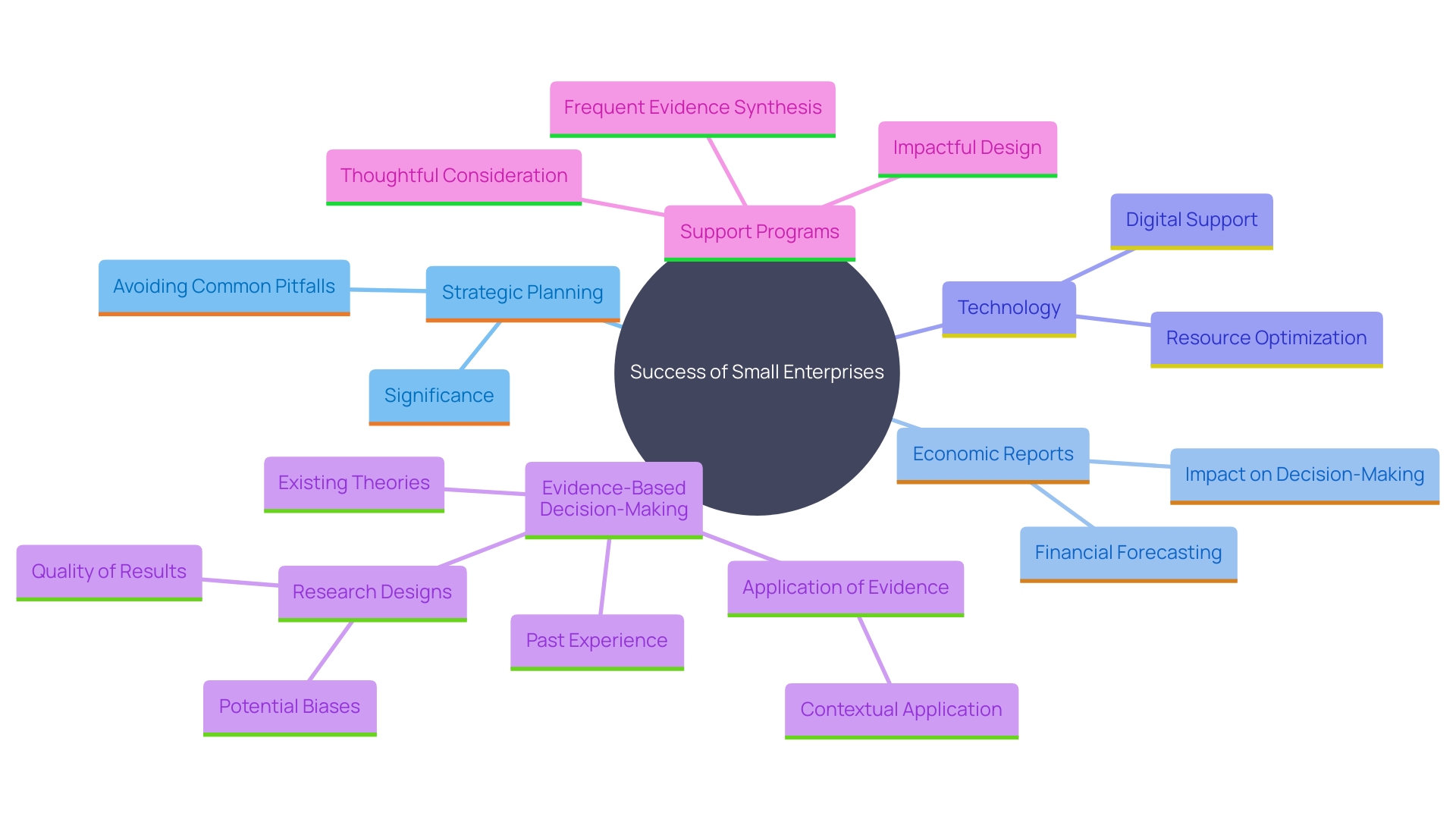
Cash Flow Problems and Financial Mismanagement
'Cash flow acts as the essential lifeblood supporting any business, yet numerous modest enterprises falter due to monetary mismanagement.'. The inability to efficiently track expenses, manage invoices, and predict cash flow fluctuations often leads to severe financial distress. As per a recent report, 42% of medium-sized and larger enterprises (SMEs) in sectors like agriculture, manufacturing, transportation, and professional services still depend on manual processes such as spreadsheets and paper records to manage their cash flow. This outdated approach contributes significantly to the challenges faced by small enterprises, with 60% reporting ongoing difficulties in cash flow management.
Ineffective cash flow management obstructs an organization's capacity to fulfill its monetary commitments, like compensating suppliers and staff, thus endangering its operational sustainability. 'The consequences can be dire; delayed invoicing and payments affect 30% of these enterprises, while 26% struggle with managing accounts receivable and payable.'. These issues underscore the critical need for adopting automated tools and technologies. Investments in new software are driven by the desire to improve productivity (32%), better manage and analyze data (30%), and create efficiencies (28%).
'Paisley Demby, in a session on managing finances, emphasizes the importance of understanding monetary statements like income statements, balance sheets, and statements of cash flows.'. These tools are essential for translating enterprise ideas into plausible financial projections, addressing procurement, allocation, return on investment, and cash management. With over 33.2 million small enterprises in the United States alone, and only 25% surviving beyond 15 years, mastering cash flow management is essential for long-term success.

Ineffective Marketing Strategies
Small businesses frequently face challenges in developing and executing effective marketing strategies. One critical issue is the lack of thorough market research, which can lead to misguided targeting and inadequate client engagement. As mentioned by Andrii Holubenko, utilizing primary research is crucial for comprehending client needs and preferences. This process involves gathering data directly from clients, such as through surveys that reveal their opinions and behaviors.
A pertinent example is Shake Shack, which initially faced difficulties marketing its Cascara Shake due to inadequate consumer insight. By utilizing advanced AI capabilities from Qualtrics, they were able to analyze data more efficiently and customize their marketing strategies, ultimately improving user experiences and driving revenue growth. Similarly, Dollar House successfully launched a private label skincare line by targeting their primary demographic – value-conscious females aged 35-59 – through a well-researched digital marketing campaign, resulting in significant sales increases.
Moreover, the growth of digital marketing and AI technologies offers minor enterprises unprecedented chances to compete with larger firms. These tools enable companies to automate routine tasks and allocate resources more effectively, thereby facilitating the creation of robust marketing strategies. Ultimately, without a strong marketing strategy, lesser enterprises struggle to attract and retain customers, which hinders revenue growth and overall profitability.
Lack of Market Research and Understanding
Comprehending the market is vital for any enterprise. Numerous small enterprises overlook the significance of thorough market research, resulting in a disconnect with their target audience. Without awareness of consumer needs, competitors, and industry trends, companies can miss opportunities and make missteps that jeopardize their success.
Primary research, which involves gathering data not previously collected by others, is an essential tool. This can include surveys, interviews, and focus groups to understand customer satisfaction and preferences. For instance, surveys are a common method, allowing companies to quickly gather opinions and behaviors from their audience.
The significance of data literacy cannot be overstated. According to a 2022 survey from Qlik, 85% of corporate leaders believe data literacy is crucial for success. Data literacy improves critical thinking and decision-making, allowing organizations to analyze market trends and client feedback effectively.
Furthermore, advancements in technology, such as AI and digital marketing tools, have equalized the competition between small and large enterprises. AI can automate routine tasks, freeing up resources for strategic initiatives. As noted by Andrii Holubenko, a Digital Media Director, technology enables precise segmentation and personalization, which are vital for building a loyal customer base.
In the contemporary commercial environment, utilizing data and technology to comprehend market dynamics is not only beneficial but essential for survival and growth.
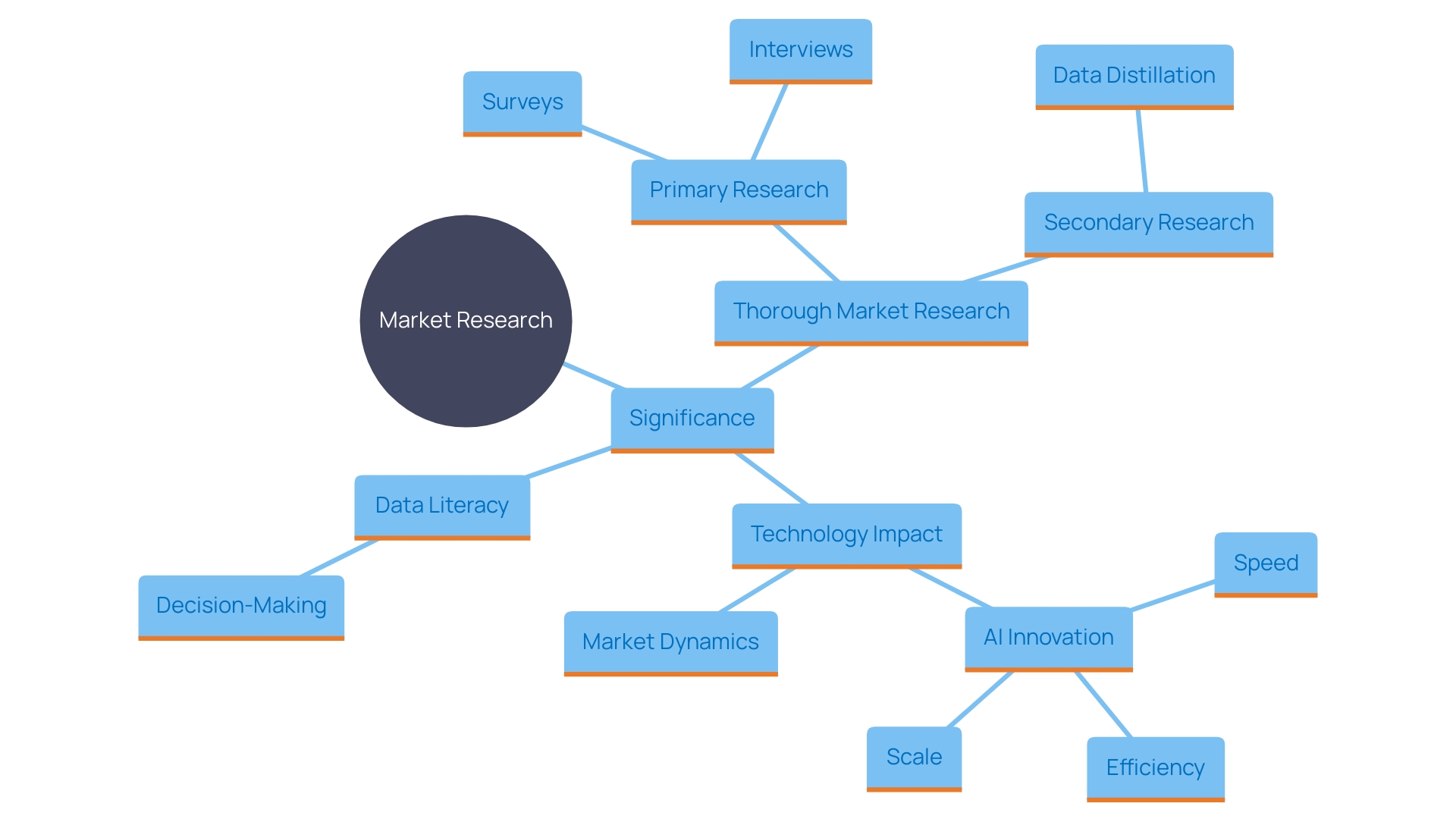
Insufficient Team and Human Resources
An effective and driven group is essential for organizational success, yet numerous limited enterprises encounter considerable difficulties in recruiting and keeping skilled individuals. The hospitality sector, for instance, demonstrates the significant effect of workforce issues on organizational performance. Despite advancements in technology and automation, it remains one of the most labor-intensive sectors with the highest turnover rates. This perpetual search for talent underscores the importance of investing in human resources.
In 2023, small enterprises were particularly concerned about the impact of inflationary pressures on their operations, heightening the need for effective workforce management. As financial uncertainties loom, ensuring a stable and motivated workforce becomes even more crucial. A well-supported team can bolster morale, enhance productivity, and provide a competitive edge in a turbulent market.
The SHRM Employee Benefits Survey highlights trends in employee benefits, emphasizing the need for organizations to adapt and provide attractive packages to retain their staff. Moreover, the European Union’s SME Strategy underscores the importance of designing and implementing robust SME policies to foster a sustainable and digital Europe. These principles provide a framework for small enterprises to navigate the complexities of workforce management and thrive in a competitive environment.

Rapid Expansion and Scaling Challenges
While growth is a significant goal for many companies, rapid expansion can lead to failure if not managed properly. Small enterprises that scale too quickly often encounter operational challenges, including supply chain disruptions, quality control issues, and strained resources. Without a solid foundation and strategic planning, rapid growth can quickly turn into a recipe for disaster.
A compelling case is the history of ALSTOM, which faced near bankruptcy due to its rapid expansion. It took a new CEO and strategic restructuring to turn the company around. Similarly, the collapse of Silicon Valley Bank in March 2023 exposed vulnerabilities in the financial system, emphasizing the importance of understanding economic signals and the need for robust financial planning.
Technological advancements, such as AI and digital marketing, provide small enterprises an opportunity to compete on a larger scale. However, leveraging these technologies effectively requires strategic assets like intellectual property, a strong brand, and access to sales networks. As Wharton Professor Itay Goldstein noted, “As long as banks are providing liquidity transformation, risk will always be there to some extent.”
To manage rapid growth successfully, businesses must conduct thorough market research, develop a focused approach, and ensure consistent branding across all aspects of their operations. Learning from Amazon's growth, it’s clear that accurate economic forecasting and investment are crucial for scaling success.
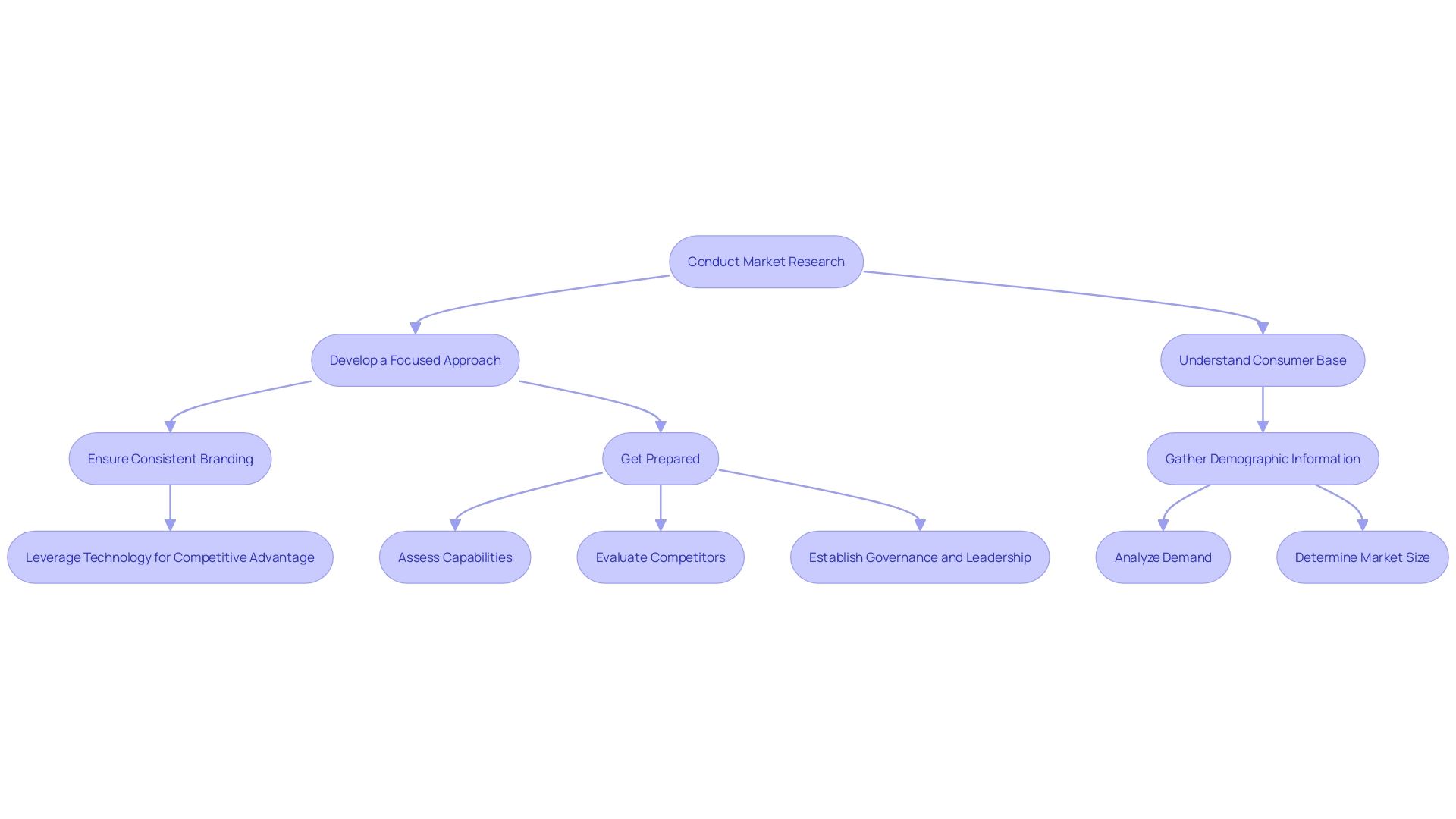
Conclusion
Navigating the complexities of small business operations requires a keen understanding of the various pitfalls that can lead to failure. Inadequate funding remains a primary concern, as many startups underestimate the capital needed to sustain their ventures, emphasizing the necessity for robust financial planning and effective funding strategies. Moreover, the absence of strong management skills can lead to poor decision-making and an inability to adapt to market changes, underscoring the importance of leveraging technology and developing organized processes.
Planning and realistic expectations are equally vital. A well-researched business plan serves as a roadmap for success, helping entrepreneurs align their goals and strategies while avoiding financial strain. Furthermore, cash flow management emerges as a critical aspect of sustainability, with many businesses still relying on outdated manual processes that hinder their financial health.
Adopting modern tools and technologies is essential for tracking expenses and managing cash flow effectively.
Ineffective marketing strategies and a lack of market research can severely limit a small business's ability to engage customers and drive growth. Understanding the market landscape through comprehensive research allows businesses to tailor their offerings and marketing efforts. Additionally, ensuring a capable workforce is fundamental, as motivated employees significantly contribute to operational success.
Finally, while growth is a desirable objective, rapid expansion must be approached with caution. Strategic planning and thorough market research are essential to navigate the challenges that accompany scaling. By addressing these critical factors with actionable insights and a proactive approach, small businesses can position themselves for sustainable growth and long-term success.




